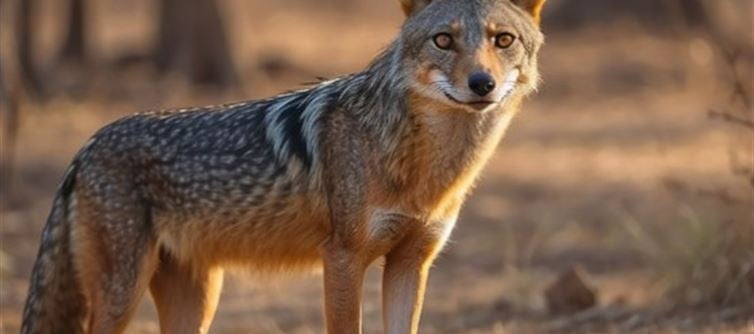
Indian Wolf on the Brink of Extinction: A Crisis Unfolding
Species in Peril
The indian wolf (Canis lupus pallipes), one of the oldest and rarest wolf subspecies, is now officially classified as Endangered by the international Union for Conservation of Nature (IUCN). It has been added to the IUCN red List due to its rapidly declining population.
Alarmingly Low Numbers
Only about 3,000 indian wolves remain in the wild. According to a recent study, the estimated population ranges between 2,877 and 3,310 adults.
Maharashtra’s population Decline
In the Great indian Bustard Sanctuary, Maharashtra, the wolf population has declined by more than 41% from 2007 to 2023.
This translates to an annual decline rate of 3.1%.
Such a rate signals a sharp drop in a relatively short span.
Study & Research
The IUCN’s decision was based on a comprehensive study by indian researchers.
The study covered 10,000 sites across india and Pakistan, where indian wolf populations had been recorded over the past 20 years.
Major contributors include scientists from the Wildlife Institute of india (WII), led by Dr. Yadavendradev Vikramsingh Jhala, along with Dr. Lauren Hennelly from Rice University.
Key Strongholds
The largest populations are found in Maharashtra, Gujarat, and Rajasthan, which together support nearly 50% of India’s wild wolves.
Causes of Decline
Habitat loss
Conflict with humans
Disease
Hybridization with wild and domestic dogs
Hybridization, in particular, is eroding the genetic purity of the species.
Urgent Need for Conservation
Experts stress the importance of protecting habitats, reducing human-wolf conflict, and preventing hybridization to conserve this critically endangered species.




 click and follow Indiaherald WhatsApp channel
click and follow Indiaherald WhatsApp channel